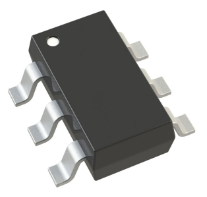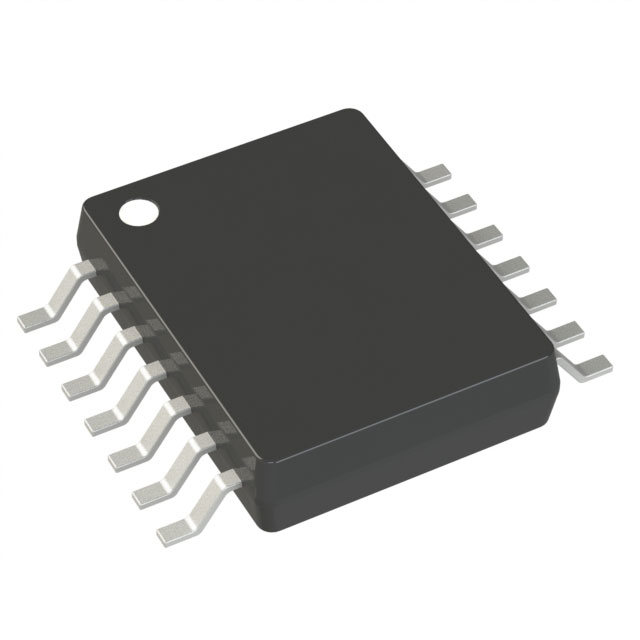- Online chat

ADG719BRTZ-500RL7
The ADG719BRTZ-500RL7, a CMOS single-pole double-throw (SPDT) switch from Analog Devices (ADI), is a compact, low-power analog/digital signal routing solution. Designed for single-supply operation from 1.8 V to 5.5 V, it enables bidirectional signal switching with minimal distortion. This device features a break-before-make architecture, ensuring channel isolation during transitions, and supports high-speed applications with a 3 dB bandwidth exceeding 200 MHz.
Key Features
- Low On-Resistance: R<sub>ON</sub> as low as 4 Ω (5 V), 10 Ω (3 V), and 40 Ω (1.8 V), with flat on-resistance (R<sub>FLAT(ON)</sub> = 0.75 Ω typ.).
- High-Speed Switching: t<sub>ON</sub> = 12 ns, t<sub>OFF</sub> = 6 ns, enabling rapid signal path reconfiguration.
- Wide Voltage Compatibility: Operates with supply voltages from 1.8 V to 5.5 V, supporting both analog and digital interfaces.
- Ultra-Low Power: CMOS design ensures minimal static power consumption (<0.01 µW), ideal for battery-powered systems.
- Track-to-Track Operation: Ensures full rail-to-rail signal swing with no clipping.
- Temperature Range: -40°C to +125°C, suitable for automotive and industrial environments.
- Package Options: Compact 6-pin SOT-23 or 8-pin MSOP for space-constrained designs.
Application Areas
The ADG719BRTZ-500RL7 is widely used in:
- Battery-Powered Systems: Low-power consumption for portable devices and IoT sensors.
- High-Frequency Applications: Audio/video signal routing, data acquisition, and communication systems.
- Industrial Control: Sampling/holding circuits and programmable logic interfaces.
- Relay Replacement: Compact, low-leakage alternative to mechanical relays in harsh environments.
Summary
The ADG719BRTZ-500RL7 combines high-speed switching, ultra-low power, and wide voltage adaptability, making it a versatile solution for analog and mixed-signal systems. Its robust performance across temperature ranges and small footprint enable efficient integration into consumer electronics, industrial automation, and automotive applications requiring reliable signal multiplexing.






